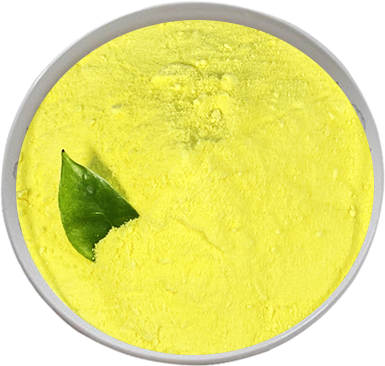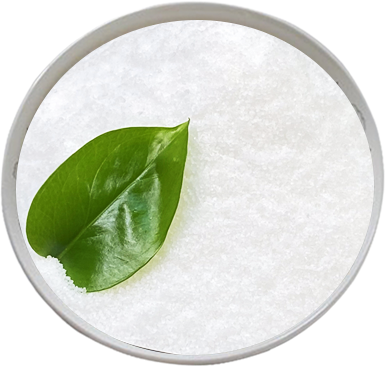Author: YuXinHuan® WhatsApp: +86 19037152650 Email:xinhuan@xhwtm.com Web: www.xhflocculant.com
Power plant water treatment with Polyacrylamide or Polymeric aluminium chloride, electroplating plant flocculant which one to use?
There are many kinds of electroplating plant wastewater treatment methods, including precipitation method, redox method, solvent extraction separation method, activated carbon adsorption method, membrane separation technology, ion exchange method, biological treatment method and so on.
Sewage treatment using polymeric aluminium chloride and Polyacrylamide can be added at the same time?
Sewage treatment using polymeric aluminium chloride and polyacrylamide, polymeric aluminium chloride referred to as PAC, is a yellow or yellow-brown powder solid, with flocculation. Polyacrylamide, referred to as PAM, is a white or powder solid, also has a flocculating and coagulation effect.
So sewage using these two flocculating agents can be added at the same time, will it affect the treatment effect?
Through the above introduction, sewage treatment using polymeric aluminium chloride and Polyacrylamide, first add PAC, so that the agent is mixed evenly (PAC fully mixed 30s to 60s can be) and then add PAM.
Because many factories do not have professional technical personnel to guide, are some ordinary operating staff, if the use of chemicals when adding, do not know the order of addition, it is better to use through the guidance of professionals to add, so as not to cause a waste of chemicals, affecting the treatment effect.


